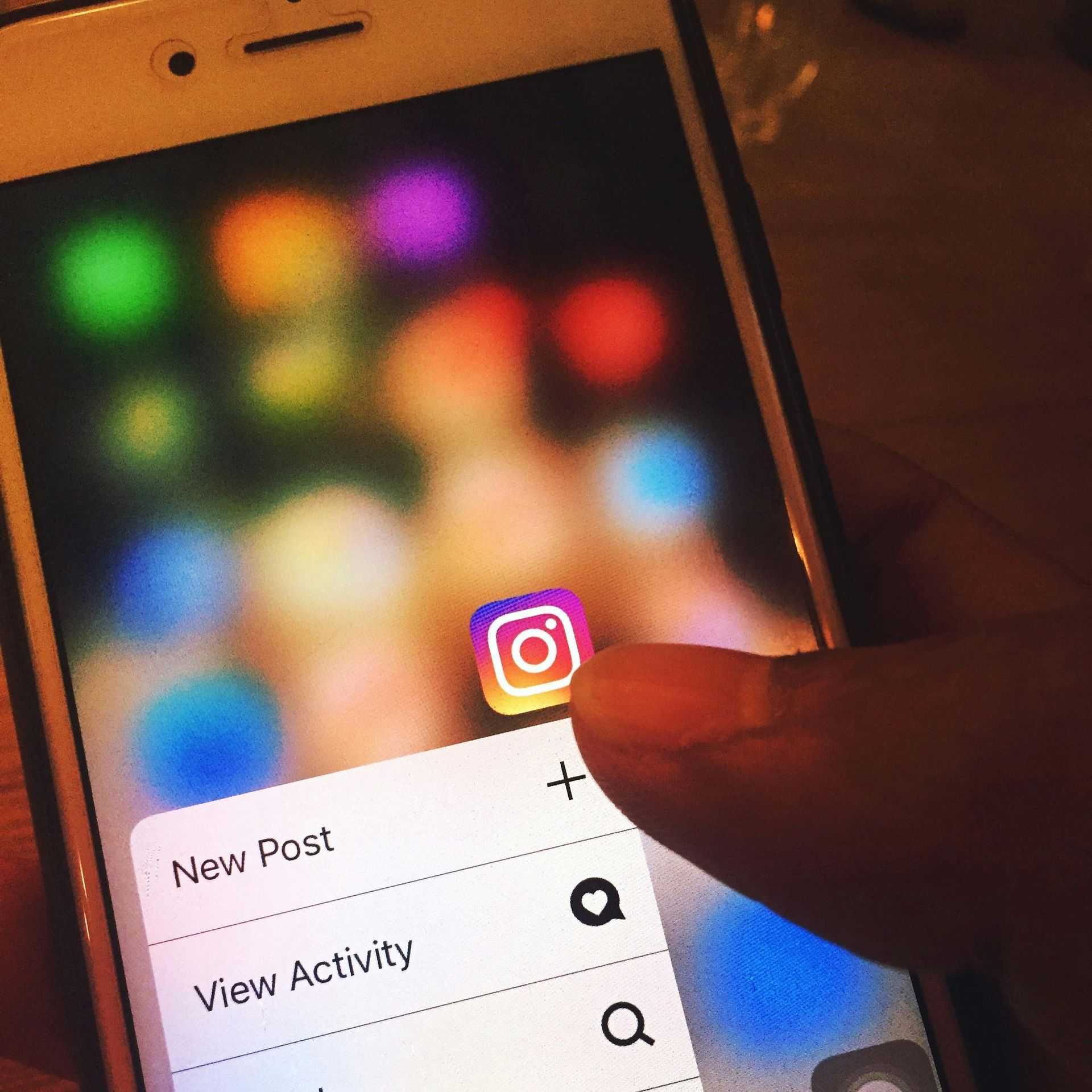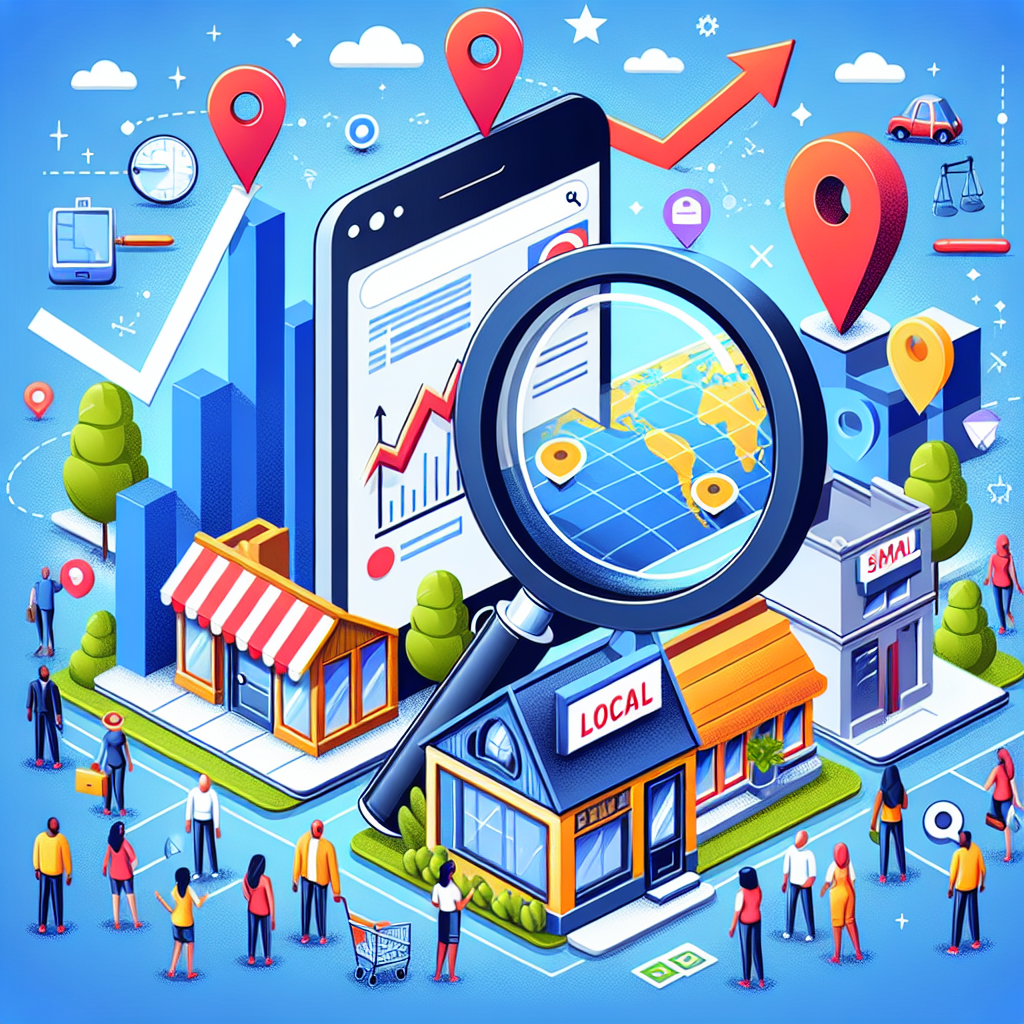How Digital Marketing Can Transform Your Small Business
What is Digital Marketing and Why Does It Matter for Small Businesses?
Digital marketing refers to the use of online channels and strategies to promote products or services, connect with customers, and drive business growth. Its core components include search engine optimization (SEO), social media marketing, email marketing, pay-per-click (PPC) advertising, and content marketing. Unlike traditional marketing methods, digital marketing leverages the internet and digital technologies to reach audiences where they spend most of their time—online.
For small businesses, digital marketing is not just an option; it’s a necessity in today’s digital-first world. With more consumers relying on search engines, social media, and online reviews to make purchasing decisions, having a strong digital presence is essential for staying competitive. Digital marketing levels the playing field, allowing small businesses to compete with larger companies by targeting specific audiences and building meaningful relationships.
One of the most significant advantages of digital marketing is its cost-effectiveness. Traditional marketing methods, such as TV ads or print campaigns, often require substantial budgets. In contrast, digital marketing offers affordable options like social media ads and email campaigns, which can deliver high returns on investment (ROI). For example, a small business can run a targeted Facebook ad campaign for as little as $50 and reach thousands of potential customers.
Building a Strong Online Presence: The Foundation of Digital Marketing
A strong online presence begins with a professional website. Your website is often the first impression customers have of your business, so it’s crucial to ensure it’s visually appealing, easy to navigate, and optimized for user experience (UX). Key elements include fast loading times, mobile responsiveness, and clear calls-to-action (CTAs) that guide visitors toward desired actions, such as making a purchase or signing up for a newsletter.
Local SEO is another critical component for small businesses, especially those with physical locations. By optimizing your website for local search terms (e.g., “best coffee shop near me”), you can attract nearby customers who are actively searching for your products or services. This involves using location-specific keywords, creating location-based content, and ensuring your business information is consistent across online directories.
Claiming and optimizing your Google My Business (GMB) listing is equally important. A well-optimized GMB profile can help your business appear in local search results and Google Maps, making it easier for customers to find you. Include accurate business details, high-quality images, and customer reviews to enhance your profile’s credibility and appeal.
Leveraging Social Media to Connect with Your Audience
Social media platforms like Facebook, Instagram, LinkedIn, and Twitter offer small businesses unparalleled opportunities to engage with their target audience. By creating a strong social media presence, you can build brand awareness, foster customer loyalty, and drive traffic to your website.
To succeed on social media, focus on creating shareable and engaging content. This could include behind-the-scenes photos, customer testimonials, how-to videos, or interactive polls. The key is to provide value to your audience while showcasing your brand’s personality. For example, a local bakery might share recipes, baking tips, or time-lapse videos of their creations to connect with followers.
Paid social media advertising is another powerful tool for small businesses. Platforms like Facebook Ads and Instagram Ads allow you to target specific demographics, interests, and behaviors, ensuring your message reaches the right audience. With a modest budget, you can run campaigns that drive website traffic, generate leads, or boost sales.
The Power of Content Marketing: Educate, Engage, and Convert
Content marketing involves creating and sharing valuable, relevant, and consistent content to attract and retain a clearly defined audience. For small businesses, this can include blogging, videos, infographics, and eBooks. By addressing customer pain points and answering common questions, you can position your business as an authority in your niche.
For example, a small fitness studio might create blog posts on topics like “5 Easy Workouts for Beginners” or “How to Stay Motivated to Exercise.” These posts not only provide helpful information but also drive organic traffic to the studio’s website, improving its SEO performance.
Content marketing also plays a crucial role in the customer journey. By offering educational and engaging content, you can nurture leads, build trust, and ultimately convert prospects into loyal customers. Additionally, high-quality content is more likely to be shared on social media, increasing your brand’s visibility.
Email Marketing: Building Relationships and Driving Sales
Email marketing remains one of the most effective digital marketing strategies for small businesses. By building an email list, you can communicate directly with your audience, share updates, and promote products or services. Unlike social media, where algorithms control visibility, email allows you to reach your subscribers’ inboxes directly.
To create effective email campaigns, focus on personalization and segmentation. Personalization involves addressing recipients by name and tailoring content to their preferences. Segmentation involves dividing your email list into smaller groups based on factors like purchase history or location. For example, a clothing boutique might send different emails to customers interested in men’s fashion versus women’s fashion.
Email marketing is also an excellent tool for nurturing leads and encouraging repeat business. You can use automated email sequences to welcome new subscribers, share exclusive offers, or remind customers about abandoned carts.
Pay-Per-Click (PPC) Advertising: Quick Wins for Small Businesses
PPC advertising allows small businesses to display ads on search engines, social media platforms, and other websites, paying only when someone clicks on the ad. Google Ads and Facebook Ads are two popular platforms for running PPC campaigns.
Google Ads is particularly effective for targeting customers who are actively searching for your products or services. For example, a local plumber could bid on keywords like “emergency plumbing services” to appear at the top of search results. Facebook Ads, on the other hand, excels at targeting specific demographics and interests, making it ideal for brand awareness campaigns.
To maximize ROI, it’s essential to manage your PPC budget effectively. Start with a small budget, test different ad creatives, and analyze performance metrics to identify what works best. Tools like Google Analytics can help you track conversions and optimize your campaigns.
Measuring Success: Analytics and Key Performance Indicators (KPIs)
Tracking your digital marketing efforts is crucial for understanding what’s working and what needs improvement. Tools like Google Analytics provide valuable insights into website traffic, user behavior, and conversion rates. Social media platforms also offer analytics dashboards to monitor engagement and reach.
Key performance indicators (KPIs) to track include website traffic, bounce rates, click-through rates (CTR), and social media engagement. For example, if your goal is to increase online sales, you might focus on metrics like conversion rates and average order value.
By analyzing data and making data-driven decisions, small businesses can refine their marketing strategies over time, ensuring continuous improvement and growth.
Overcoming Common Digital Marketing Challenges for Small Businesses
Small businesses often face challenges like limited budgets, lack of expertise, and time constraints when implementing digital marketing strategies. However, these obstacles can be overcome with the right approach.
Outsourcing to digital marketing agencies or freelancers is a cost-effective solution for businesses that lack in-house expertise. Affordable tools like Canva for graphic design or Mailchimp for email marketing can also help streamline efforts. Additionally, prioritizing strategies with the highest ROI, such as local SEO and email marketing, can make the most of limited resources.
Many small businesses have successfully overcome these challenges. For example, a local coffee shop might use Instagram to showcase its unique drinks and engage with customers, driving foot traffic without spending heavily on advertising.
Future Trends in Digital Marketing for Small Businesses
The digital marketing landscape is constantly evolving, and small businesses must stay ahead of the curve to remain competitive. Emerging trends include AI-driven marketing, voice search optimization, and influencer partnerships.
AI tools like ChatGPT can help businesses create personalized content and automate customer interactions. Voice search optimization ensures your business is discoverable by users who rely on voice assistants like Siri or Alexa. Partnering with local influencers can also boost brand awareness and credibility.
By adopting new technologies and strategies, small businesses can future-proof their marketing efforts and continue to thrive in a digital world.
Final Thoughts: Taking the First Step Toward Digital Transformation
Digital marketing is an investment in long-term growth and success. Small business owners should start small, focusing on strategies like local SEO, social media, and email marketing, and scale their efforts over time. With the right approach, digital marketing can transform your business, helping you reach new audiences, build lasting relationships, and achieve your goals.
Let’s talk about your business marketing goals and challenges. Book a call with Beholder.











